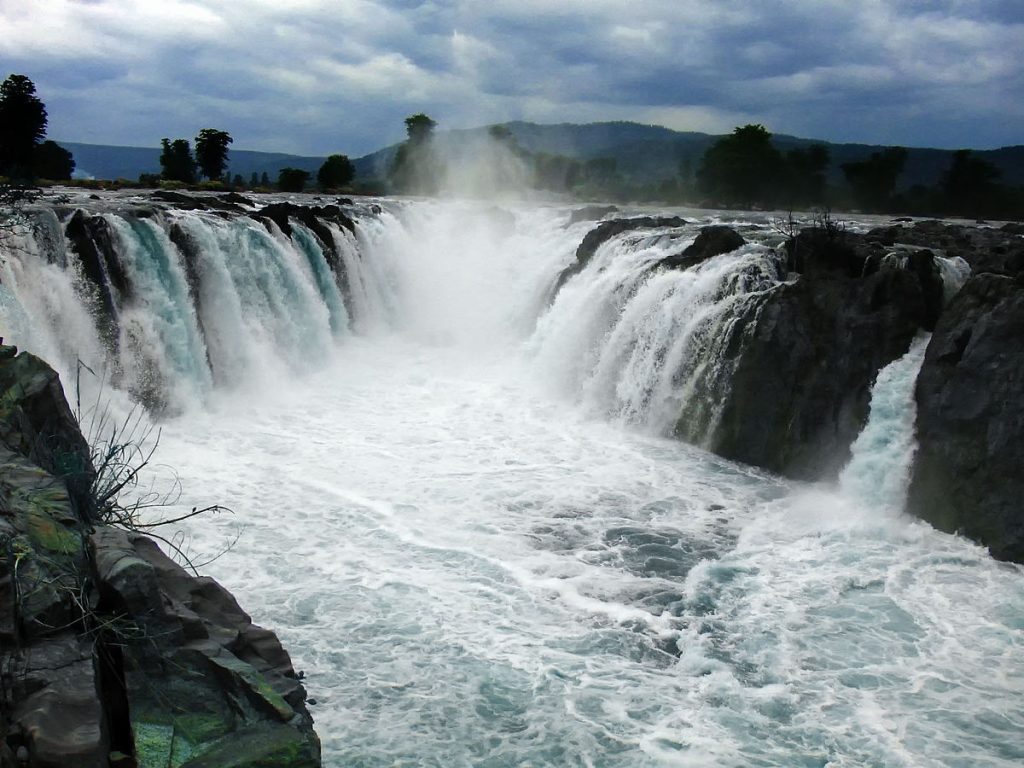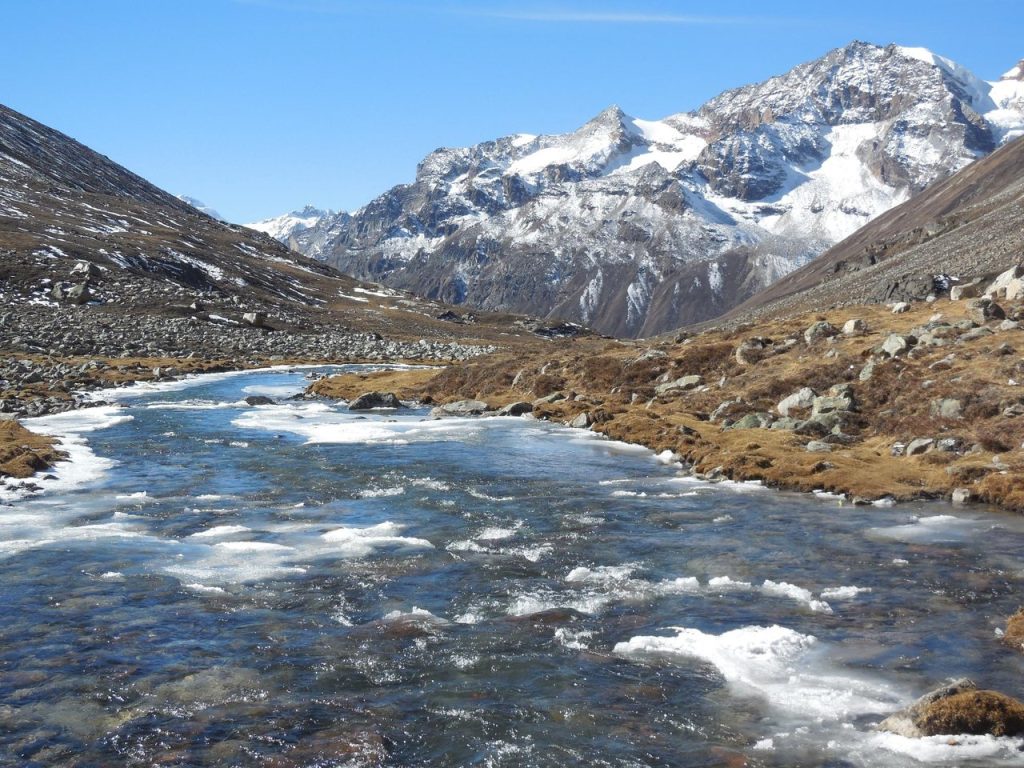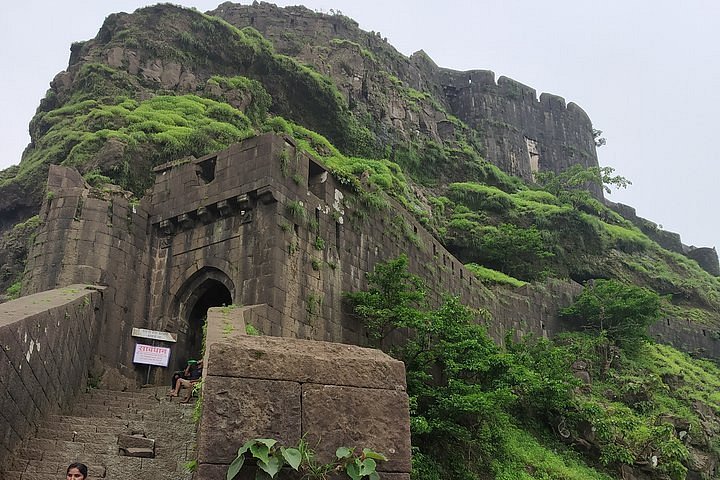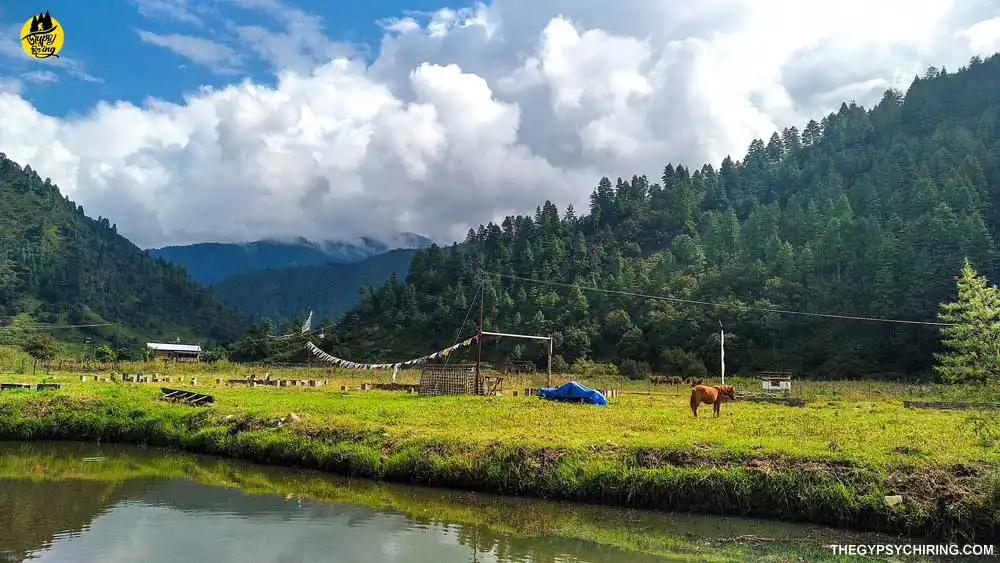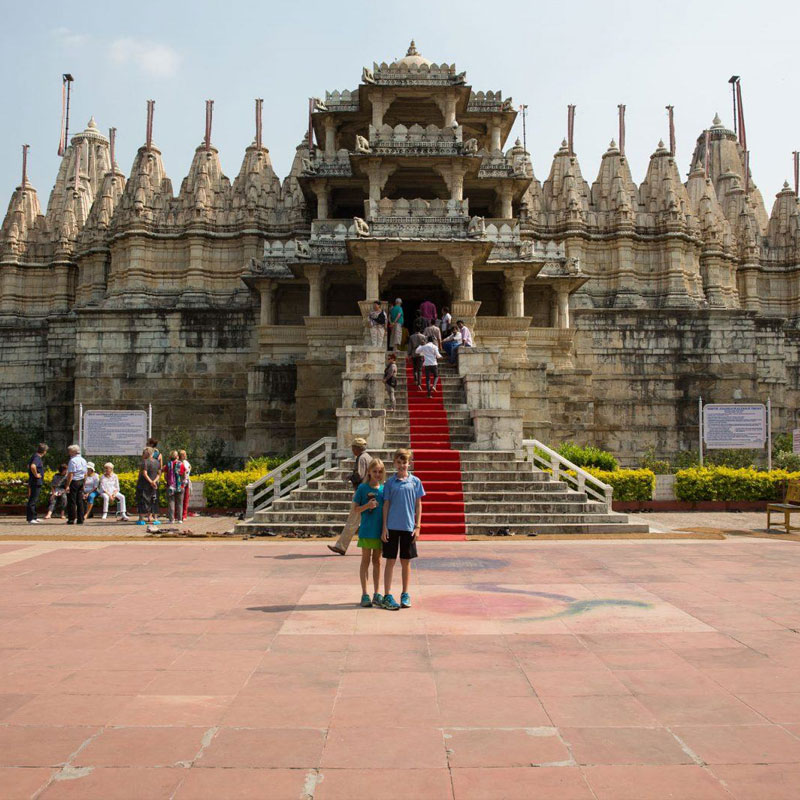Nagqu is a fascinating region in Tibet. It offers unique landscapes and culture.
Nestled in the northern part of Tibet, Nagqu is a place of wonder. Known for its breathtaking plateau, it sits at an average altitude of 4,500 meters. This region is not just about heights; it’s rich in tradition and natural beauty.
Visitors can experience the nomadic lifestyle of the Tibetan herders. They can also witness the grand Nagqu Horse Racing Festival, a highlight for many. With its stunning scenery and cultural depth, Nagqu provides an unforgettable adventure. This introduction to Nagqu will open your eyes to a lesser-known gem in Tibet. Ready to explore more? Let’s dive into the heart of Nagqu.

Credit: en.wikipedia.org
Nagqu’s Natural Beauty
Nagqu, a region in Tibet, is known for its breathtaking natural beauty. The landscape here is a feast for the eyes, from majestic mountains to serene lakes. Nature lovers and adventurers alike find solace in Nagqu’s unspoiled scenery. The region’s unique flora and fauna add to its charm, making it a must-visit destination for anyone who loves nature.
Majestic Landscapes
Nagqu’s landscapes are truly majestic. Towering mountains, vast grasslands, and crystal-clear lakes define the region. The snow-capped peaks stand tall against the blue sky. These mountains are perfect for trekking and photography.
The grasslands stretch as far as the eye can see. They turn golden in the autumn, creating a mesmerizing view. The lakes, with their pristine waters, mirror the skies above. These landscapes offer peace and tranquility, a perfect escape from city life.
Unique Flora And Fauna
Nagqu’s flora and fauna are unique. Rare plants and flowers bloom in the high-altitude meadows. These plants have adapted to the harsh climate, showcasing nature’s resilience. The region is home to many species of animals, some of which are endangered.
Wild yaks roam freely in the grasslands. Tibetan antelopes graze peacefully, adding to the area’s charm. Bird watchers will love spotting the various bird species here. Each species adds to Nagqu’s rich biodiversity.
Exploring Nagqu’s natural beauty is a journey through diverse landscapes and ecosystems. Every visit reveals something new and wondrous. Experience the magic of Nagqu’s natural world.
Cultural Richness Of Nagqu
When you think about Nagqu, what comes to mind? Nestled in the northern part of Tibet, Nagqu is an area brimming with cultural treasures and traditions that offer a unique glimpse into the Tibetan way of life. From vibrant festivals to intricate handicrafts, Nagqu invites you to explore its rich cultural heritage.
Traditional Festivals
One of the most captivating aspects of Nagqu is its traditional festivals. These events are more than just celebrations; they are an integral part of the community’s identity and social fabric. Have you ever wondered how Tibetan culture preserves its ancient customs? In Nagqu, festivals like the Horse Racing Festival and the Shoton Festival offer a vivid answer.
During the Horse Racing Festival, you’ll witness locals dressed in traditional attire, showcasing their equestrian skills. The air buzzes with excitement as riders compete, and the community gathers to enjoy the spectacle. Have you ever felt the adrenaline rush of a live competition? This festival will give you that thrill.
The Shoton Festival, on the other hand, is a feast for the senses. It marks the end of the monks’ meditation retreat and features operatic performances, music, and sumptuous Tibetan yogurt. Imagine being surrounded by the melodious tunes of Tibetan opera while savoring creamy yogurt. It’s an experience that stays with you long after the festival ends.
Local Handicrafts
Another facet of Nagqu’s cultural richness lies in its local handicrafts. These crafts are not just objects; they are a representation of the region’s history and artisanship. Have you ever held something that felt like it had a soul? The handicrafts of Nagqu offer that unique sensation.
Take, for instance, the traditional Tibetan carpets. These carpets are woven with meticulous care, often featuring intricate patterns and vibrant colors. They are not just decorative items but also functional pieces that provide warmth in the cold Tibetan winters.
Jewelry is another significant aspect of Nagqu’s handicrafts. Tibetan artisans create stunning pieces adorned with turquoise, coral, and silver. These items are often worn during festivals and important ceremonies, adding a touch of elegance to the traditional attire. Have you ever wondered how jewelry can tell a story? In Nagqu, each piece reflects the region’s cultural narrative.
So, what draws you to explore cultural heritage? Is it the thrill of festivals or the allure of handcrafted items? Nagqu offers both, inviting you to immerse yourself in its traditions and discover the stories behind each celebration and craft.
Historical Significance
Nagqu, nestled in the northern part of Tibet, is not just a place of breathtaking landscapes but also a land rich with history. The historical significance of Nagqu is profound, offering a window into the ancient spiritual and cultural heritage of Tibet. As you explore this region, you’ll find stories etched in its monasteries and landmarks that connect you to an era long past. Let’s delve into the historical treasures that Nagqu holds.
Ancient Monasteries
One of the most captivating aspects of Nagqu is its ancient monasteries. These monasteries are not just places of worship; they are repositories of Tibetan culture and history. Take, for instance, the Shodain Monastery. Built centuries ago, it stands as a testament to the region’s spiritual devotion and architectural prowess. Walking through its halls, you can almost hear the echoes of prayers chanted over the ages.
Have you ever wondered what it’s like to step into a place where time seems to stand still? That’s the feeling you get in Shodain. The intricate murals on the walls tell stories of deities and monks, offering a glimpse into the religious life of ancient Tibet. The serene atmosphere invites you to reflect on the lives of those who walked these paths before you.
Historical Landmarks
Nagqu is dotted with historical landmarks that offer a deep dive into its past. The ruins of ancient fortresses and stupas scattered across the region are like pieces of a historical puzzle waiting to be put together. One such landmark is the Ruins of Dongkar Dzong. This ancient fortress, perched on a hill, provides a panoramic view of the surrounding landscape. It’s easy to imagine how it must have served as a strategic lookout point centuries ago.
Exploring these ruins, you can feel the weight of history around you. The crumbling walls and worn-out paths speak of battles fought and lives lived. It makes you ponder: what stories are hidden within these stones? What lessons can we learn from the past to shape our future?
Visiting these historical sites in Nagqu is more than just a journey through time; it’s an opportunity to connect with a rich heritage that continues to influence the present. As you explore, keep an open mind and let the history of Nagqu inspire you.
What historical landmark or monastery are you most excited to explore in Nagqu? Share your thoughts and let’s keep the conversation going!
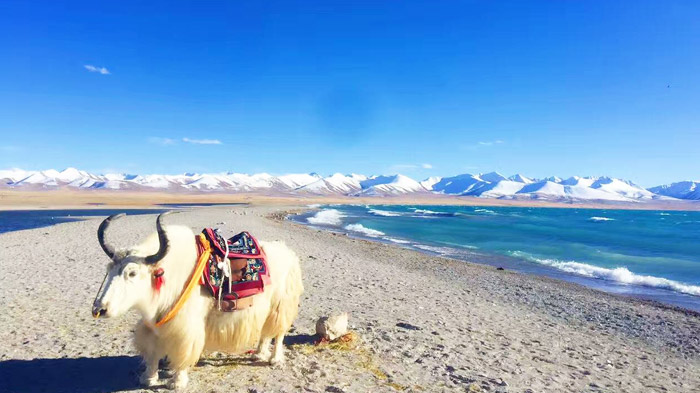
Credit: www.tibettravel.org
Adventure Activities
Nagqu, nestled in the northern part of the Tibet Autonomous Region, offers some of the most thrilling adventure activities for outdoor enthusiasts. The pristine landscapes, towering mountains, and rich biodiversity make it a haven for those seeking an adrenaline rush. Whether you are an avid trekker or a wildlife enthusiast, Nagqu has something to captivate your adventurous spirit.
Trekking Routes
Are you ready to challenge your limits? The trekking routes in Nagqu offer a unique blend of physical challenge and breathtaking beauty. One of the most popular routes is the trek to Namtso Lake. At an altitude of 4,718 meters, it is the highest saltwater lake in the world. The journey to the lake is nothing short of magical. You will traverse rugged terrains, witness grazing yaks, and camp under a sky filled with stars. Have you ever experienced the tranquility of a high-altitude lake? This trek will give you that rare opportunity.
Another notable trek is the route to the Nyenchen Tanglha mountains. This range is considered sacred by the locals and offers panoramic views that will leave you speechless. The trails are less crowded, providing a more intimate experience with nature. Are you seeking solitude and natural beauty? This trek is your answer.
Wildlife Safaris
Imagine spotting a rare snow leopard or the elusive Tibetan antelope in its natural habitat. Wildlife safaris in Nagqu can turn this dream into reality. The Changtang National Nature Reserve, one of the largest reserves in the world, is home to a diverse range of wildlife. The reserve’s unique ecosystem supports species that are rarely seen elsewhere.
Joining a guided safari increases your chances of spotting these magnificent creatures. Local guides have an in-depth understanding of the terrain and animal behavior, enhancing your overall experience. Have you ever wondered how it feels to witness wild animals in their natural surroundings? A safari in Nagqu offers that thrilling experience.
If you are interested in bird watching, Nagqu won’t disappoint you. The region is a migratory path for several bird species, including the rare black-necked crane. Bring your binoculars and camera to capture these beautiful moments.
Nagqu’s adventure activities are not just about physical challenges; they are about immersing yourself in nature and discovering the region’s hidden treasures. Are you ready to embark on an adventure of a lifetime? Pack your bags and let Nagqu surprise you.
Local Cuisine
Local cuisine in Nagqu offers a unique taste of Tibetan culture. The region’s dishes feature local ingredients and traditional recipes. From hearty stews to unique snacks, Nagqu’s food scene is a culinary adventure.
Popular Dishes
One of the most popular dishes in Nagqu is Tsampa. This is a staple food made from roasted barley flour. People often mix it with butter tea, creating a thick, nutritious meal. Another favorite is Yak Butter Tea. This tea is salty and rich, providing warmth in the cold climate.
Thukpa is a beloved noodle soup. It includes meat, vegetables, and flavorful broth. Momos, or Tibetan dumplings, are also widely enjoyed. They are often filled with meat or vegetables and served with a spicy sauce. These dishes reflect the local culture and way of life.
Food Markets
Food markets in Nagqu are vibrant and bustling. Local farmers and vendors offer fresh produce and traditional foods. The Nagqu Market is a popular spot to explore. Here, you can find fresh yak meat, dairy products, and seasonal vegetables.
Street food vendors offer quick bites like fried dough and steamed buns. These markets provide a glimpse into daily life in Nagqu. They are perfect for tasting local flavors and discovering new foods. The atmosphere is lively, with a mix of locals and visitors.
Travel Tips
Traveling to Nagqu offers many beautiful experiences. To make the most of your trip, follow these travel tips. They will help you plan your visit, pack smart, and stay comfortable. Keep reading to learn more about the best time to visit and what to pack.
Best Time To Visit
Nagqu is at a high altitude. Summers are warm and pleasant. The best time to visit is from June to September. During these months, the weather is mild and suitable for outdoor activities. You can enjoy trekking and exploring the beautiful landscapes. Winters are very cold and harsh. Many roads may be closed. If you plan a winter trip, prepare well for the cold.
Packing Essentials
Pack clothes for all weather conditions. Layers are important. Bring a heavy jacket, warm sweaters, and thermal wear. High-quality hiking boots are necessary. The terrain can be rough. A sturdy pair will protect your feet. Don’t forget sunscreen and sunglasses. The sun is strong at high altitudes. A wide-brimmed hat can also help.
Carry a good first aid kit. Include medicines for altitude sickness. Keep a water bottle to stay hydrated. The air is dry, and you can get dehydrated quickly. Snacks like nuts and dried fruits will keep your energy up. A travel guide or map is helpful. Many areas have limited internet access.
Accommodation Options
When traveling to Nagqu, finding the perfect place to stay is essential for a memorable experience. Whether you prefer the charm of traditional settings or the comfort of modern amenities, Nagqu offers a range of accommodation options to suit your preferences. Let’s explore some of the top choices available to you.
Traditional Guesthouses
Immerse yourself in the local culture by staying at one of Nagqu’s traditional guesthouses. These accommodations are often family-run, providing an authentic experience that you won’t find in larger hotels. During my stay at a quaint guesthouse, I was welcomed with warm hospitality and a cup of yak butter tea, a local delicacy.
- Local Experience: Enjoy the architecture and decor that reflect Tibetan traditions. The wooden furnishings and vibrant textiles add to the cozy atmosphere.
- Homemade Meals: Savor home-cooked meals made from locally sourced ingredients. The hosts often prepare traditional dishes, giving you a true taste of the region.
- Personal Connections: Engage with the hosts and fellow travelers. The intimate setting fosters meaningful conversations and connections.
Staying in a traditional guesthouse is more than just lodging; it’s an opportunity to live like a local.
Modern Hotels
If you crave the luxuries of modern amenities, Nagqu’s hotels won’t disappoint. These establishments offer comfort and convenience, ensuring you have a relaxing stay after a day of exploration.
| Hotel Name | Amenities |
|---|---|
| Highland Comfort Hotel | Free Wi-Fi, Spa, Restaurant, 24/7 Room Service |
| Snow Peak Resort | Gym, Swimming Pool, Conference Rooms, On-site Dining |
During my stay at the Highland Comfort Hotel, I appreciated the fast internet and comfortable bed. After a long day of sightseeing, the spa provided the perfect way to unwind.
Modern hotels in Nagqu cater to all your needs. Whether it’s a business trip or a family vacation, you can expect a high standard of service and facilities.
So, what kind of stay appeals to you more? A cozy guesthouse with a homey feel or a modern hotel with all the bells and whistles? No matter your choice, Nagqu promises an unforgettable stay.
Getting To Nagqu
Traveling to Nagqu, a hidden gem in the heart of Tibet, is an adventure in itself. Nestled at an altitude of over 4,500 meters, Nagqu offers stunning landscapes and a rich cultural experience. But first, you need to get there. Let’s explore the various ways you can reach this spectacular destination.
Transportation Methods
There are several transportation methods to reach Nagqu. Depending on your preference and budget, you can choose between:
- By Train: The Qinghai-Tibet Railway is a popular choice. It’s not just a ride; it’s an experience. The journey offers breathtaking views and a gradual acclimatization to the high altitude.
- By Car: If you’re up for an adventure, renting a car or hiring a driver is an option. This gives you the flexibility to stop and explore along the way.
- By Bus: Public buses are available from major cities like Lhasa. It’s a budget-friendly option, though less comfortable.
Travel Routes
Choosing the right travel route can enhance your journey to Nagqu. Here are the main routes to consider:
- From Lhasa: The most common route is from Lhasa, the capital of Tibet. The distance is approximately 330 kilometers, and the journey by train takes around 4-5 hours. If you opt for a car or bus, it might take longer, but you can enjoy the spectacular scenery.
- From Xining: Another popular route is from Xining, the capital of Qinghai Province. The train ride from Xining to Nagqu is longer, around 20 hours, but the views are worth it. This route allows you to see the transition from the plateau to the high-altitude Tibetan landscapes.
- From Chengdu: Although less common, traveling from Chengdu is an option. It’s a longer journey, often requiring a stopover in Lhasa. However, this route offers a unique perspective of the region.
Have you ever considered how the mode of transportation can shape your travel experience? Whether you prefer the scenic train ride, the flexibility of a car, or the budget-friendly bus, each method offers its own unique adventure.
Planning ahead is crucial. Make sure to check the weather conditions, especially during winter months, as some routes may be closed due to snow. Also, be prepared for altitude sickness. Acclimatizing in Lhasa before heading to Nagqu can make a significant difference in your comfort and safety.
So, which method will you choose for your journey to Nagqu? Each offers a different perspective and adventure. Your choice will define your experience in this breathtaking part of Tibet.
Credit: simple.wikipedia.org
Frequently Asked Questions
What Is Nagqu Famous For?
Nagqu is famous for its stunning high-altitude grasslands, traditional Tibetan culture, and vibrant horse racing festival.
Why Is Nagqu So Big?
Nagqu is vast due to its location in the northern Tibet Autonomous Region. It features expansive plateaus and mountains.
What Is The Population Of Nagqu, China?
Nagqu, China has a population of approximately 500,000 people. It is located in the northern part of Tibet Autonomous Region.
How Tall Is Nagqu?
Nagqu’s elevation is approximately 4,500 meters (14,764 feet) above sea level. This makes it one of the highest cities.
Conclusion
Nagqu offers a unique and enriching experience. Its landscapes are breathtaking. The culture is vibrant and welcoming. Visitors can enjoy stunning views and local traditions. The food is delicious and diverse. Adventure seekers will find plenty to explore. A trip to Nagqu promises unforgettable memories.
Plan your visit soon to experience all it has to offer.
{ “@context”: “https://schema.org”, “@type”: “FAQPage”, “mainEntity”: [ { “@type”: “Question”, “name”: “What is Nagqu famous for?”, “acceptedAnswer”: { “@type”: “Answer”, “text”: “Nagqu is famous for its stunning high-altitude grasslands, traditional Tibetan culture, and vibrant horse racing festival.” } } , { “@type”: “Question”, “name”: “Why is Nagqu so big?”, “acceptedAnswer”: { “@type”: “Answer”, “text”: “Nagqu is vast due to its location in the northern Tibet Autonomous Region. It features expansive plateaus and mountains.” } } , { “@type”: “Question”, “name”: “What is the population of Nagqu, China?”, “acceptedAnswer”: { “@type”: “Answer”, “text”: “Nagqu, China has a population of approximately 500,000 people. It is located in the northern part of Tibet Autonomous Region.” } } , { “@type”: “Question”, “name”: “How tall is Nagqu?”, “acceptedAnswer”: { “@type”: “Answer”, “text”: “Nagqu’s elevation is approximately 4,500 meters (14,764 feet) above sea level. This makes it one of the highest cities.” } } ] }
